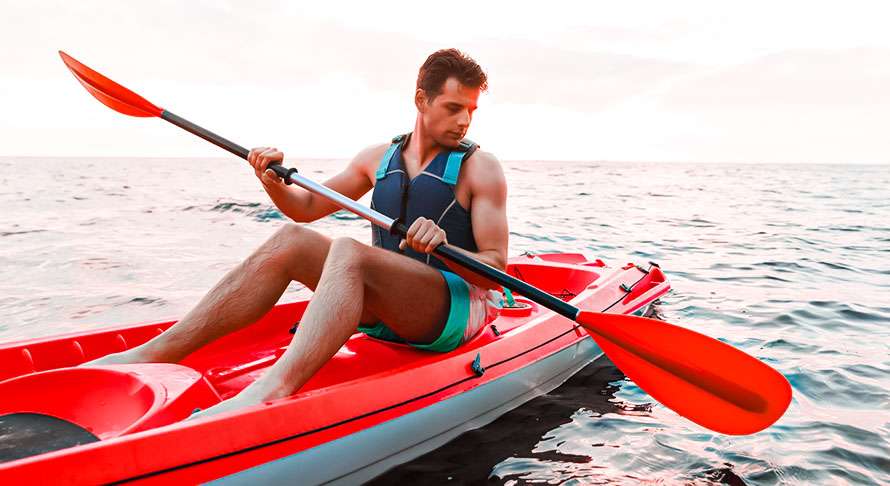It wasn’t long ago that whitewater kayaks were designed to cruise down the river. They were fast, sleek, and took some real effort to turn. These days, whitewater kayaks are designed to turn as efficiently as possible; it’s accepted that you’re better off being more maneuverable than being able to go in a straight line. This is why your kayak spins out as soon as you stop paddling. It’s because your kayak always has some amount of spin momentum when moving. Learning to control this spin momentum is key to paddling.
Playboats are designed to turn two different ways. Wide, flat hulls allow them to skid, sharp edges allow them to carve. Both features come in handy. While front surfing, when you want to carve back and forth aggressively, you need to use the edges of your boat. When you want to flat spin, you’ll need to keep your boat flat.
Just as with skiing or snowboarding, the key to carving is getting on edge, and preventing your back end from sliding out. To intentionally skid out, keep your boat as flat as possible. Since most paddlers have a tougher time carving than spinning out (because it requires balancing on one butt cheek), here’s how to carve more aggressively.
The goal of this exercise is to carve a full circle while controlling your kayak from the inside of the turn. Start with some forward speed then establish spin momentum with a sweep stroke. Keep your boat carving by holding it on edge and using forward strokes on the inside of the turn. Take your strokes with your paddle vertical or just past vertical so you don’t kill your spin momentum. With continuous vertical forward strokes, you should be able to keep carving indefinitely. What happens when you stop paddling?
If you keep your boat on edge, you’ll continue to carve temporarily, but your kayak will soon skid out and you’ll lose your forward momentum. Your kayak skids out because there is nothing to keep it carving, like the keel does on a sailboat. This means you need to have an active blade in the water. Does this mean you should always keep paddling? No, but if you’d like to continue carving, drop your inside blade in the water to act as a keel.
This is the gliding draw stroke, a draw stroke planted about to the side of your kayak and behind your butt. Your paddle isn’t in the water to turn your kayak. It’s only there to control your spin momentum. Your draw should be planted with the blade parallel to your kayak, so it doesn’t catch water and slow you down. Your head and upper body should be turned to face your paddle shaft. This forces you to lead your turns with your head and upper body–an important habit to develop.
So, next time you’re trying to carve into an eddy or turn on a wave, remember these three things: you need to have an active blade in the water; your turns are controlled from the inside; and your head and upper body should lead the way.

